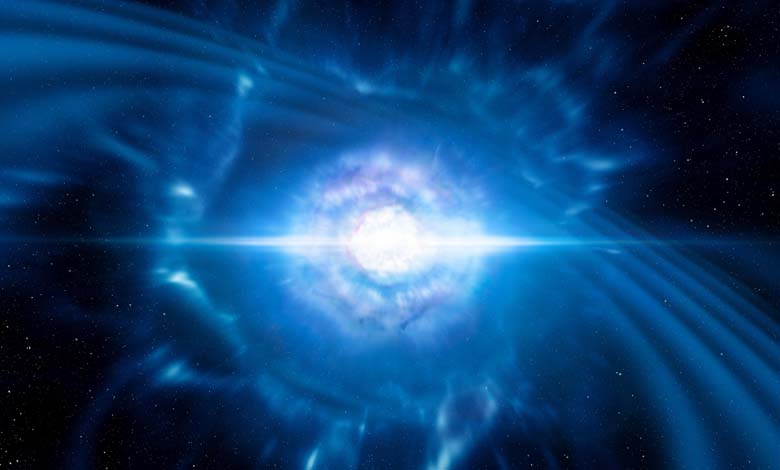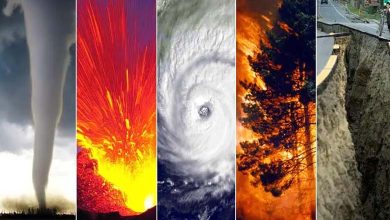James Webb Telescope documents a planet disappearing inside its star

The James Webb Space Telescope, launched by NASA in cooperation with the European Space Agency and the Canadian Space Agency, has recently allowed scientists to observe a remarkable cosmic phenomenon. For the first time, astronomers have been able to closely watch and record the disappearance of a planet as it was swallowed by its host star. While this type of event has been discussed in theory for years, it had never been documented with such accuracy and detail before. This observation marks an important step in understanding how planetary systems end.
-
James Webb Telescope captures 19 intricate galactic structures with stunning details
-
“James Webb” contributes to deciphering the chemical code of the “Hot Saturn” planet
The event took place thousands of light-years away from our solar system. A star, reaching the end of its life cycle, began to expand and turned into a red giant. As it grew larger, it moved closer to a planet that was orbiting very near to it. Because of the star’s intense gravity and rising temperature, the planet was pulled inward. Over time, the planet approached the star’s outer layers and was eventually completely absorbed. The James Webb Telescope captured this process through infrared signals, changes in the star’s light, and the release of hot gas and dust from the disintegrating planet.
The data showed a sudden burst of brightness followed by a gradual dimming, which strongly indicated that the star had consumed the planet. Scientists also detected unusual chemical traces around the star, which confirmed the presence of planetary material being destroyed. This was similar to a massive cosmic collision, but on an astronomical scale, where a planet is lost forever inside a burning giant star.
-
“A Real Monster”… “James Webb” discovers a surprise in deep space (Image)
-
Galactic Heart: Breathtaking new image from James Webb Space Telescope
Experts believe that such events might be common in the universe, especially in systems where planets orbit very close to their stars. It’s also possible that one day, Earth itself could face a similar fate when the Sun reaches its red giant phase in several billion years. Studying this process gives scientists better insight into what might happen to our solar system in the far future, and helps build models for how planets and stars evolve over time.
This observation was made possible thanks to the powerful technology of the James Webb Telescope, which can detect the smallest changes in light and heat across deep space. The telescope continues to expand the boundaries of modern astronomy by providing images and data of incredible clarity. It is not only a technological achievement, but also a major milestone in our understanding of how planets die, how stars change, and how the universe works.












